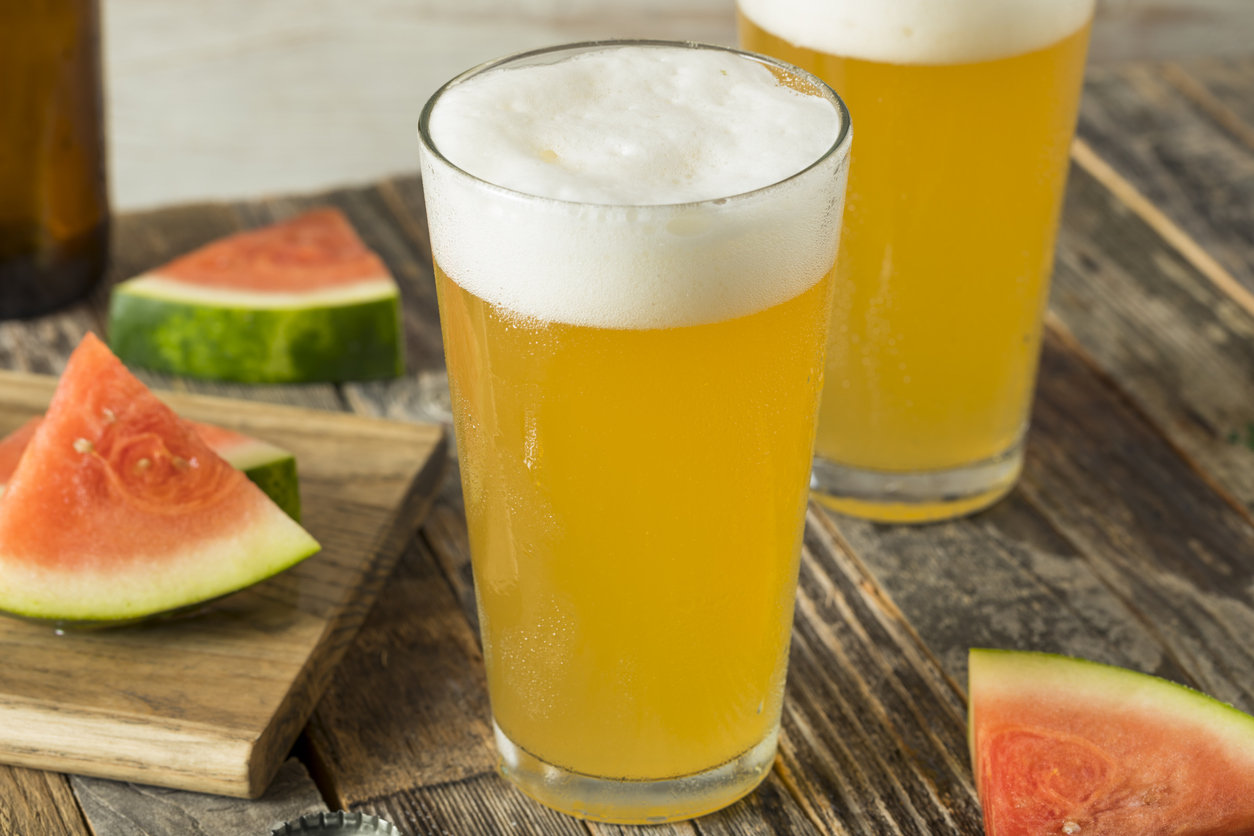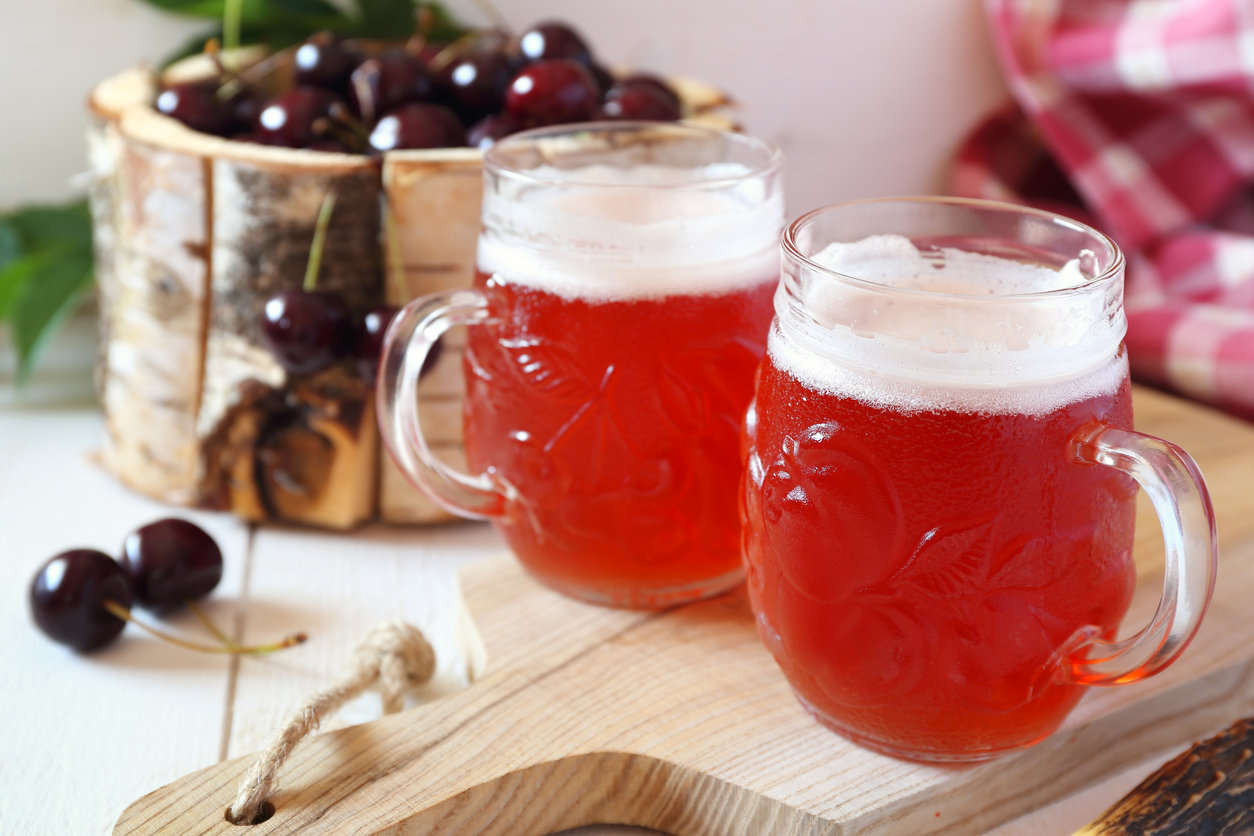For a relatively simple – yet immensely popular – beverage, there’s a lot of complexity to beer. CHEERS covered the topic of Radlers a few issues back. Under the microscope now are fruit beers.
CHEERS | BEER


Misunderstood
Internet searches can lead to fascinating discoveries: – such as the nugget of information about the song Don’t Let Me Be Misunderstood. It was originally written for and recorded by Nina Simone, in 1964. But then it was subsequently covered by The Animals as well as by disco artists, Santa Esmeralda in 1977, then again in 1985 by Elvis Costello. It actually ranks at 322 of Rolling Stone magazine’s 500 Best Hits of All Time!
What’s the point of this in a beer article, you might ask? Well, it appears that fruit beers – and the use of fruit in beers – is very much misunderstood at present. Craft brewers being the curious and convention challenging folks that they are, some experimentation with fruit is taking place in this sector, and producing some interesting results.
As with most things alcoholic which have been lost in the mists of time, the precise origins or back story of the use of fruit in beer are murky. There is some historic evidence to suggest that in China a few thousand years ago, an alcoholic beverage was brewed with rice, honey, hawthorn berries and grapes. There is also a school of thought which puts forward the argument that the ancient Egyptians brewed beer using pomegranates and dates. Early American settlers, many of them Dutch and German, brought their traditions with them but in those days they used readily available pumpkins to supply the malty rich flavours to their brews.

The Belgians, brewing powerhouses that they are, are officially credited with their introduction of cherries to make kriek beer and raspberries for framboise lambic beer. That apparently happened around the 1930s. What are lambic beers is the next logical question. According to beer literature, lambic beers are quite unique in that they are “a slightly sour wheat beer style made in and around Brussels”. Or, as Wikipedia succinctly states it: “lambic beers, originating in the Zenne valley in Belgium, may be refermented with cherries to make kriek, or fermented with raspberries to make framboise.” It adds that Flemish old brown beers undergo a multiple stage fermentation. After the first fermentation of the wort, sugar is added and the beer is re-fermented in wooden casks. “Fruit beer can be made from them by using fruit instead of sugar.”
MensJournal.com reported that the average consumer associates fruit beers with “cloying, sweet beverages … sometimes they taste more like a Smirnoff Ice than a respectable beer.” The good news, the article states, is that top craft brewers are now “approaching fruit as an ingredient to amplify flavour, not just a tool for a dumbed-down, mass-appeal brew”.
Beer enthusiasts the world over agree that fruit beers get a bad rap simply because it’s such an open ended category. According to the international Beer Judge Certification Program (BJCP) protocols, the definition of a fruit beer states simply that it is “any beer made with fruit or any combination of fruit”. Hence the confusion or misunderstanding because that covers kriek, lambics, wheats, IPA, lager, stout or even those Flemish beers which are barrel aged on fruit!



The most popular ingredients for fruit beers are citrus fruits – orange, lime and lemon but there are some brewers adding grapefruit nowadays as well. Berries are the next most obvious with raspberries and cherries favoured and they generally are made in a sweeter style. Although they can be sweet too, peaches and plums have more acidity than those berries which makes the resultant fruit beers fresher than the berry counterparts.
As noted in a previous issue of CHEERS, for some brewers no holds are barred – notably in America where mad brewers have been known to use banana, watermelon, strawberry and even prickly pear.
While many of these are quirky, small volume products, it doesn't mean that the category should be overlooked – or misunderstood.
